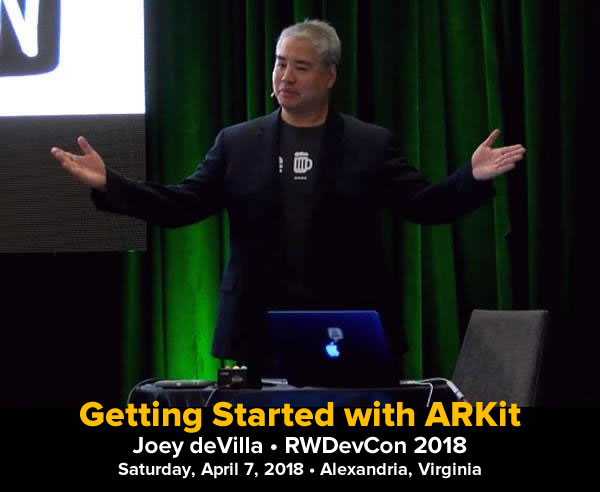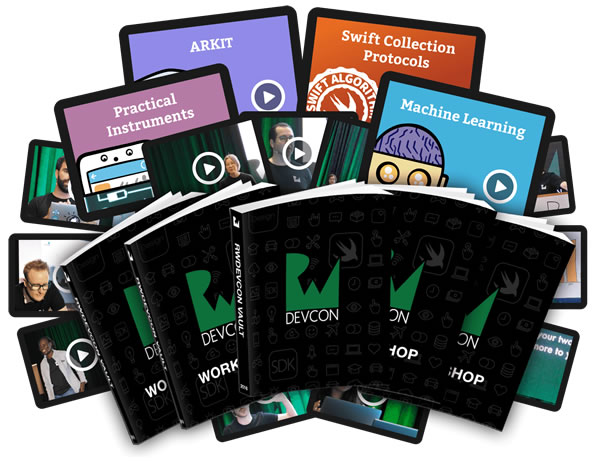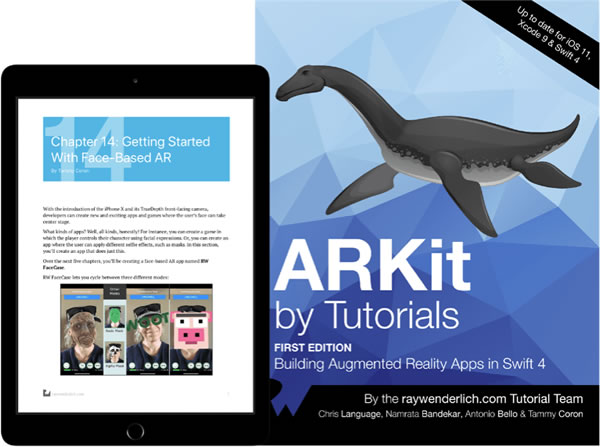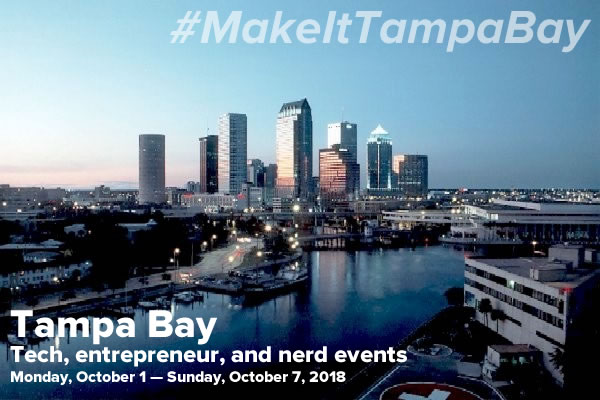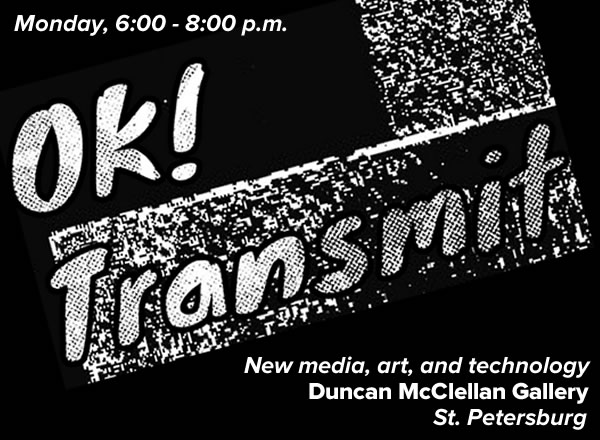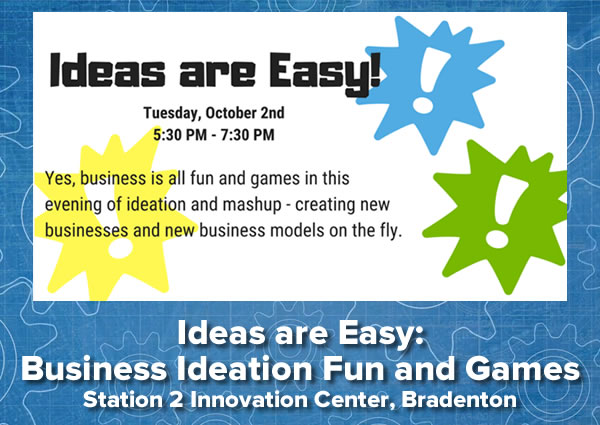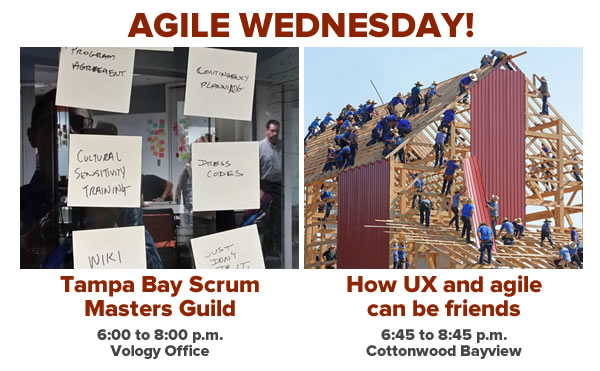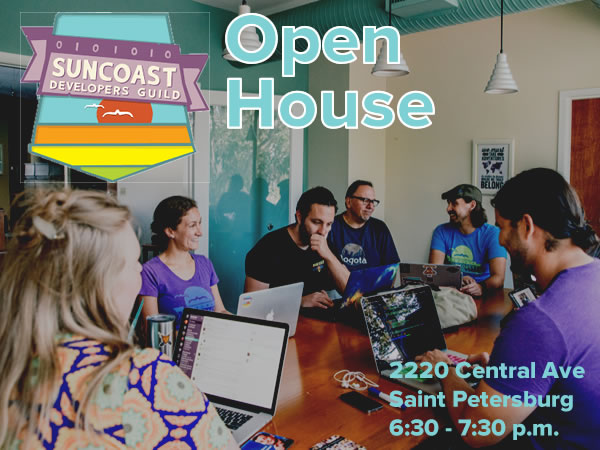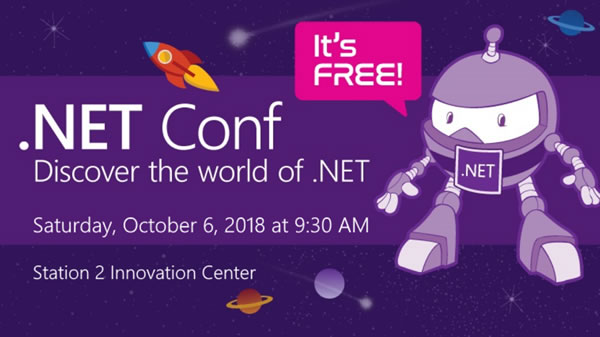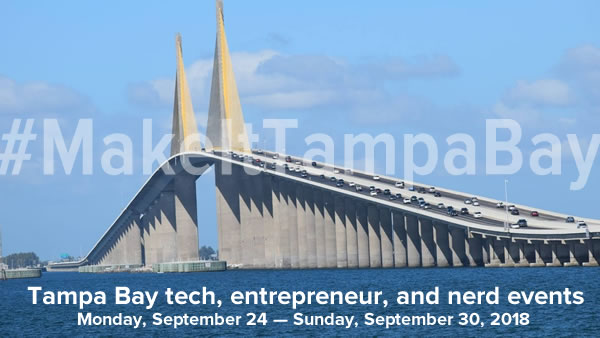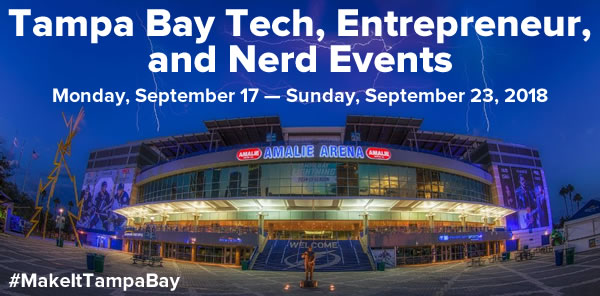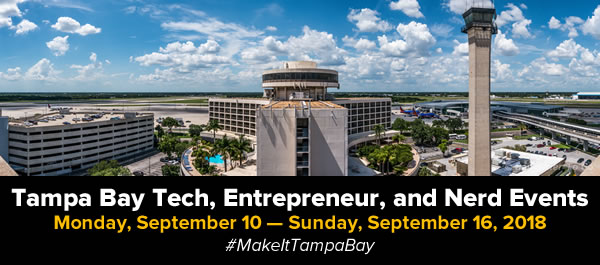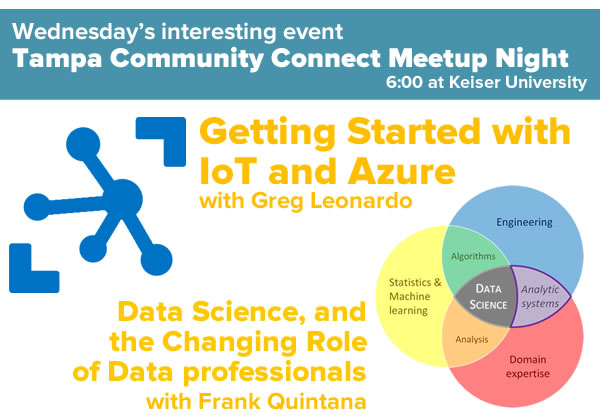Earlier this year, I gave both a 4-hour workshop and a two-hour tutorial on ARKit, the iOS augmented reality framework, at RwDevCon 2018, the latest edition of a mostly-tutorials conference put on by the premier mobile development site RayWenderlich.com. It got some of the conference’s highest reviews, and the video of the two-hour tutorial has been made available on YouTube:
Here’s the video…
…and here are the starter and finished projects that go along with the tutorial.
If you’d like to see the four-hour workshop, which includes two extra projects — one using ARKit’s image recognition, and another than harnesses Core ML to recognize real-world objects and rooms — you can see it and all the other conference tutorials and workshops by getting the RWDevCon 2018 Vault Video Bundle, available for $199.99 at the RayWenderlich.com store.
And for even more RayWenderlich.com ARKit goodness featuring Yours Truly, check out ARKit by Tutorials, the book that goes even deeper into ARKit with games, augmented reality portals, face detection, and more. I was a technical editor on this book, for the opening chapters, in which you build an augmented reality “Poker Dice” game.
